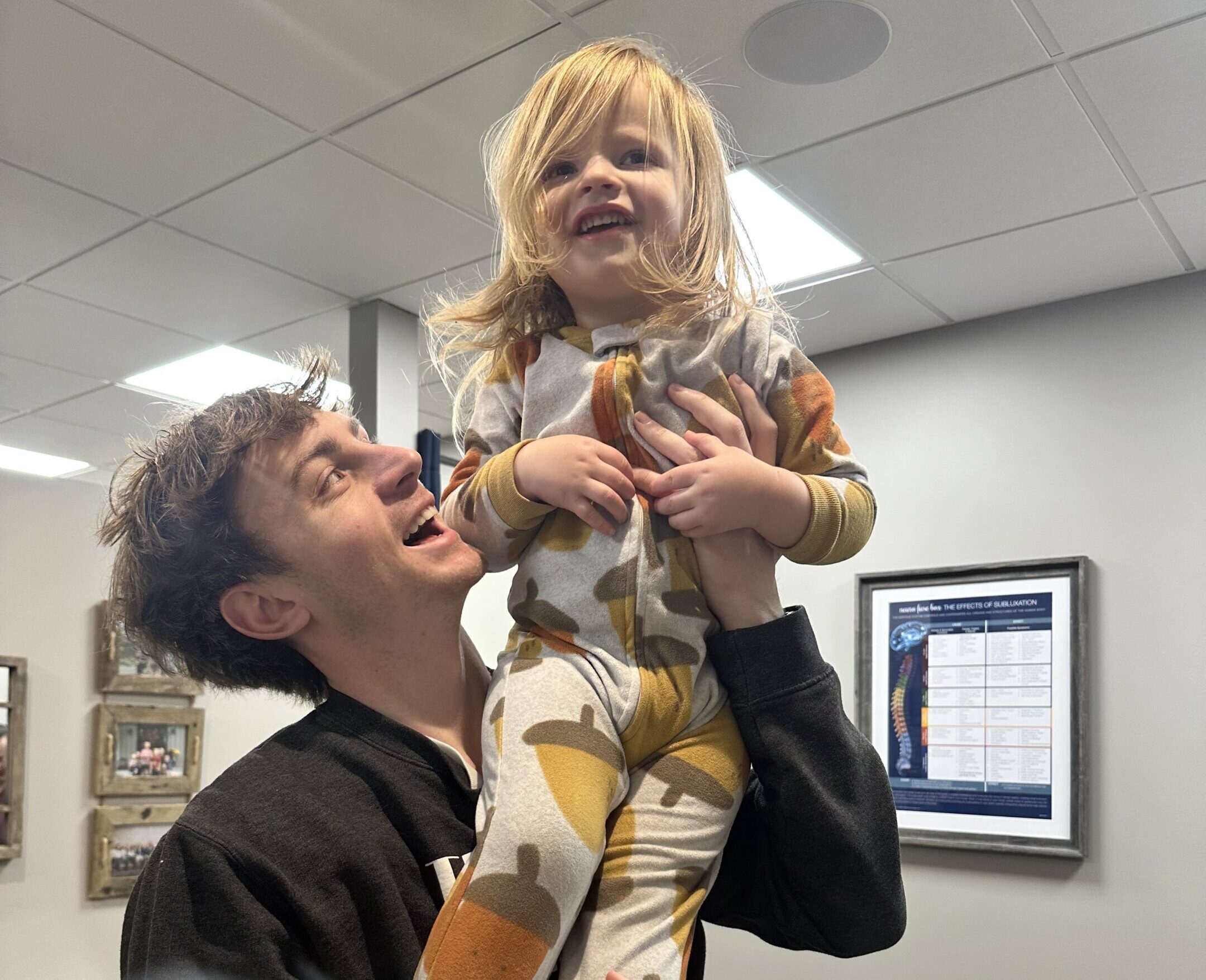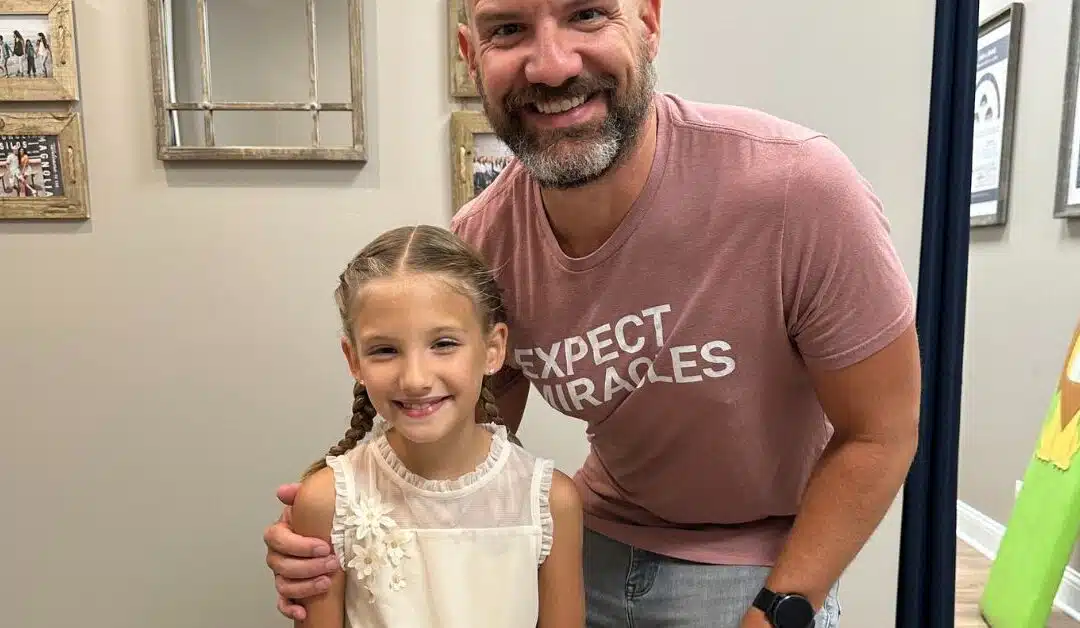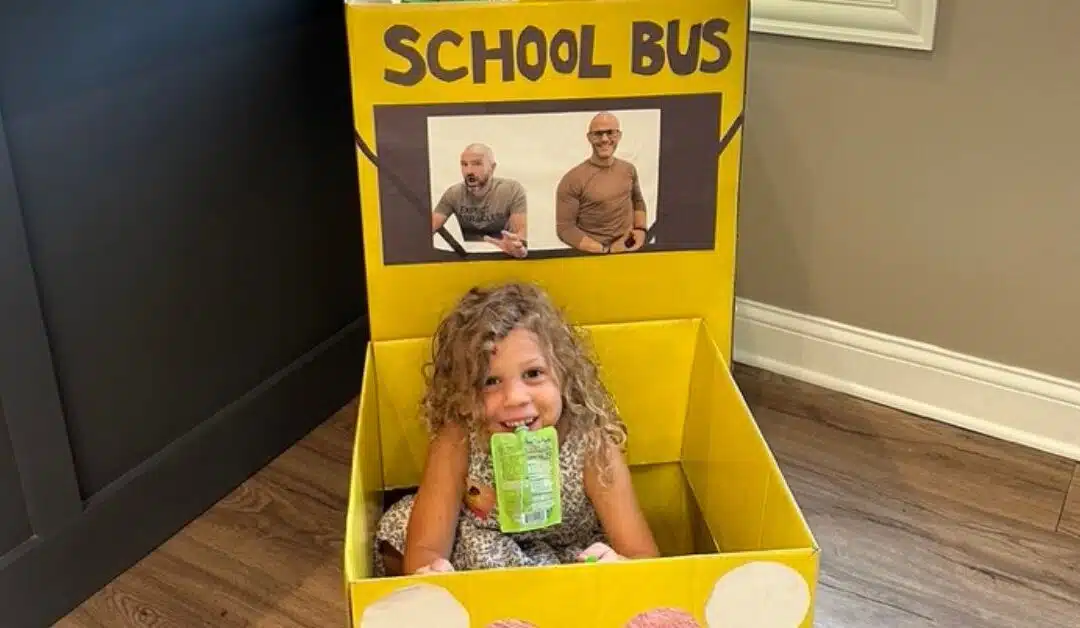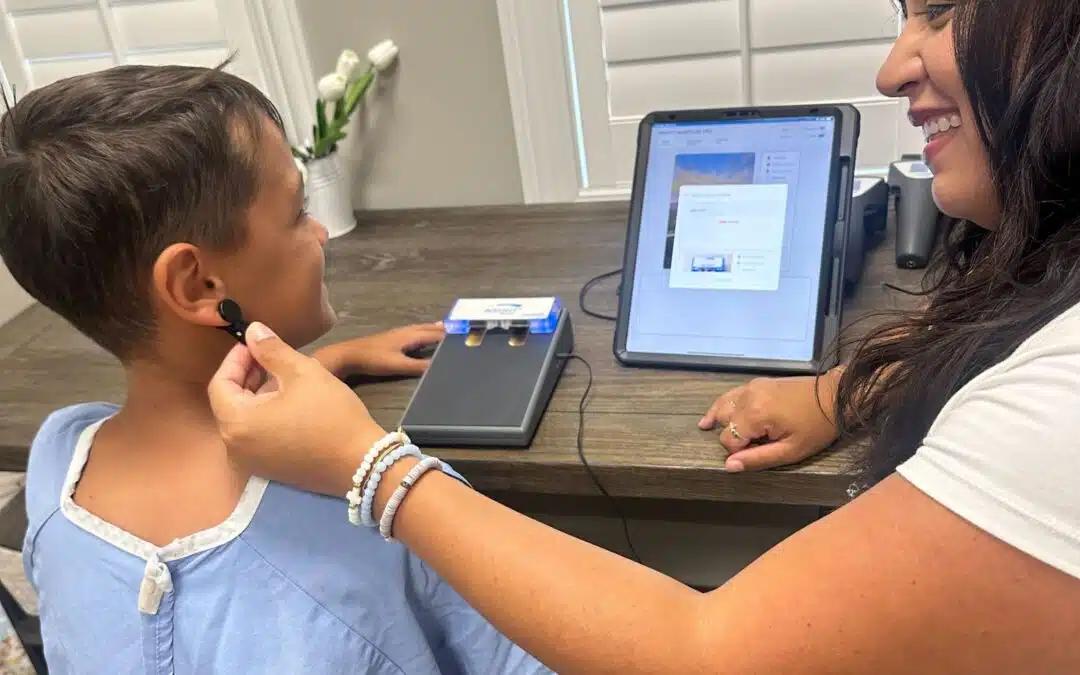Fine motor skills refer to the complex and very important coordination between the nervous system and the small muscles of the hands, fingers, eyes, tongue, and toes. Fine motor skills are essential for such functions as writing, cutting, opening lunch boxes, brushing teeth, combing hair, and tying shoelaces.
These skills are fundamental in everyday life, both at school and at home. If a child struggles with fine motor skills, they can struggle with reading, writing, and learning in school, as well as self-care and confidence in other aspects of life.
Additionally, the intricate and complex coordination of the central nervous system and the muscles of the eyes, tongue, mouth, hands, and so forth are essential for proper brain development and coordination. Therefore if a child struggles with fine motor skills and fine motor development, later in life, they can begin to struggle with things such as focus, concentration, sensory processing, and emotional or behavioral regulation as well.
Examples of Fine Motor Skills
A child needs fine motor skills for self-care and everyday activities such as:
- Turning door knobs and opening doors
- Getting dressed, buttoning and unbuttoning clothes, opening, and closing zippers
- Fastening snaps and buckles
- Tying shoelaces
- Brushing teeth
- Bathing or showering
- Using the toilet
- Picking up and eating food
- Eating with a fork or spoon
- Opening and closing lunch containers, lids, etc.
- Drinking from a cup or glass
Then in school or at play, fine motor skills are needed for things such as:
- Turning pages of a book
- Coloring, drawing, painting
- Writing
- Cutting with scissors, pasting, and gluing
- Typing and using a computer or mousepad
- Playing musical instruments
- Stacking blocks or shaking a rattle
- Stringing beads or making bracelets
- Working puzzles
- Playing with crafts, clay, etc.
- Building Legos or other construction toys
- Playing board games or video games
- Participating in sports that require hand-eye coordination
Fine Motor Skills Milestones in Kids
Just like overall developmental milestones and gross motor skills have a specific sequence and order they need to develop, so do fine motor skills. A quick overview of these milestones looks like this below:
- Birth to 1 Year: While they keep their hands clenched and closed for the most part early on, by age two months they can develop a primitive hand grasp, hold a rattle or toy, etc. By age 6 months or so they can start to hold one block or object with two hands, and by 12 months they have perfected the pincer grasp and can hold a bottle.
- 1 to 2 Years: Around 18 months, many babies can insert different shapes into toys and stack two to three cups. They should also be able to feed themselves with their fingers and scribble with crayons or markers. By 2 years old, toddlers can usually begin copying a veritable line, using a spoon, and learning how to dress themselves.
- 2 to 3 Years: This is when children start to be able to draw circles, begin to master drinking from an open cup and using a fork. They also should be able to undress themselves and remove their socks and shoes.
- 3 to 4 Years: Many kids are well into preschool at this age, where teachers work with them on drawing skills, copying lines, circles, and other shapes, and learning to cut paper and dress themselves.
- 4 to 5 Years: By this age, children can copy a square and draw a 10-part person, as well as begin to be more adept at holding a pencil, coloring between the lines, washing and drying their hands, and some kids can even begin spelling the alphabet and their own name.
How to Help Your Children Develop Fine Motor Skills
We could put hundreds and hundreds of different activities in this section that would help your child develop fine motor skills, but we don’t want you to get lost in the weeds of overthinking it. Simply put, having your children involved in creative play and activities daily is all it takes!
Drawing, coloring, crafts, building blocks, board games, helping prepare food, setting the table at meal time, and more all do the job. So many options are just an easy part of everyday life. Double down on Hobby Lobby and Preschool style daily activities, and skip the iPad and electronics as much as possible!
If you want more specific ideas, this site has a ton of great info!
Fine Motor Skills and Other Neurological Conditions in Children
While delays and disruptions in fine motor skills development are not as easy to spot as gross motor delays, they can lead to other neurological and brain-based challenges in kids.
Our PX Docs network refers to the connections between all of these early childhood challenges and later in-life struggles as The Perfect Storm, which simply means there are multiple causes and neurological connections to conditions like Autism, ADHD, and Sensory Integration Disorder.
Delays in fine motor skills, particularly the coordination between the eyes and the hands and feet, can lead to children developing abnormal compensatory behaviors and altered processing and integration of other key brain functions such as focus, attention, memory, and emotional regulation.
This is why as Pediatric Chiropractors, we celebrate so much when parents report to us that as care progresses, their children are finally trying new foods, taking a bath and getting dressed much easier, and are now finally able to brush their hair and get a haircut without tons of emotions and meltdowns.
When a child struggles with any of these motor skills, gross or fine motor, it stresses out the brain and nervous system and leads to something called dysautonomia. And taking it one step further, we most often see something called subluxation being the main underlying issue in children struggling with dysautonomia.
Subluxation can be triggered by common stressful events, such as birth trauma, childhood falls, or excessive chemical and emotional stress exposures early in life. Specifically, if that subluxation and misalignment occur in the brainstem or cervical (neck) regions, it’s more likely to negatively affect things like visual processing, hand-eye coordination, balance and vestibular function, and fine motor skills.
When Your Kid Needs a Boost in Fine Motor Skill Development
On the surface, it can seem like such a small thing for a young child to struggle with getting dressed, brushing their teeth, playing catch, or writing their name. But when we take those challenges and look deeper into the nervous system, it often does reveal that things like dysautonomia and subluxation are at play.
The best way to determine if that’s the case is to schedule a consultation with a neurologically-focused pediatric chiropractor from within our PX Docs Network!
You can learn more about how our clinical process and neurological testing work here, and specifically how our ADHD Test and Sensory Processing Disorder Test look into motor function, tone, and coordination!
Bottom line, if your parent gut tells you to keep looking further – head to our directory and book your consultation with one of our incredible PX Docs today!





